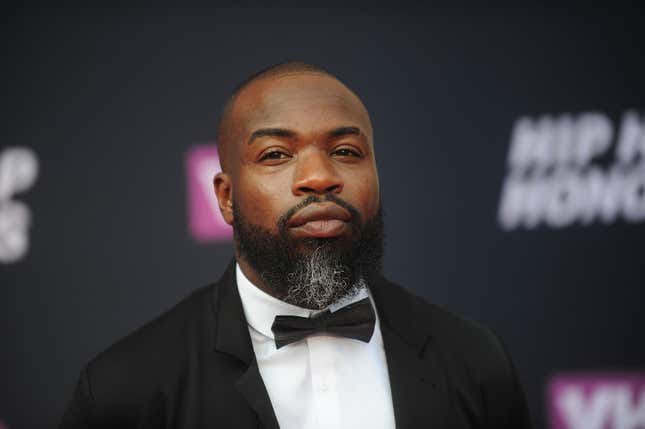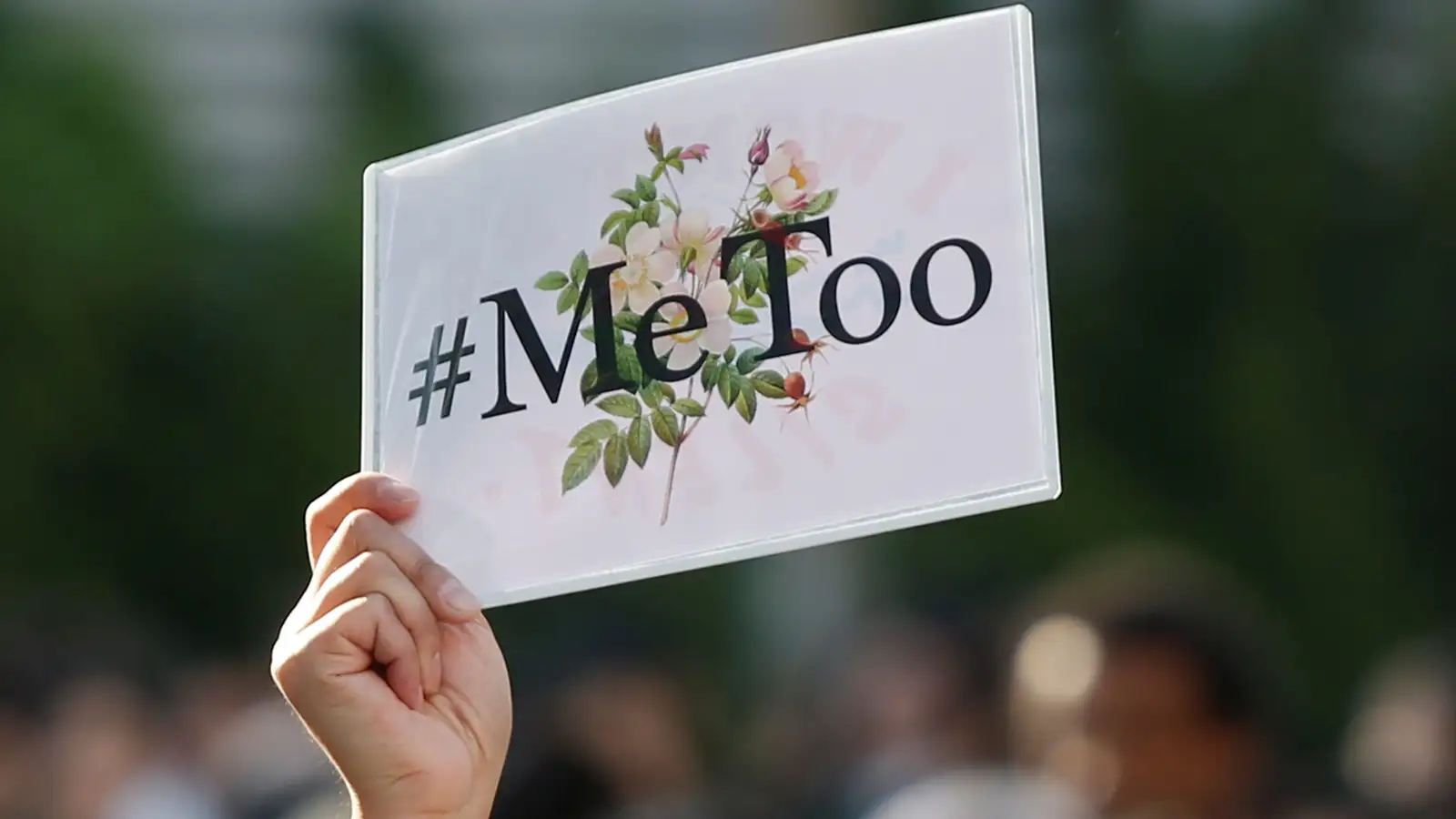The MeToo movement reached India last year as scores of women came out with horrid personal stories of abuse and harassment at the workplace. A year on, many of them are still fighting legal battles against influential men, while others struggle to find closure.
Many observers today ask if that MeToo wave—the likes of former union minister MJ Akbar and a founder of comedy collective All India Bakchod (AIB) were among those allegedly exposed—made a difference at all.
At a panel discussion organised by Quartz India and human rights organisation Breakthrough on Sept. 2, prominent voices of the MeToo movement discussed if there is an endgame to the culture of calling out abusers publicly, and what justice looks like for the victims. More importantly, are Indian workplaces becoming safer today than before?
One thing most agree on is that this is just the beginning.
“A change can come about only through long and sustained efforts to change the existing narrative associated with patriarchy, which gives power to men,” said Darnell L Moore, a Quartz Pro and head of strategy and programs at Breakthrough US. Moore is a leading voice of the Movement for Black Lives and a prominent face of the MeToo movement in the US.
The other panelists at the event included Disha Mullick, managing director of Khabar Lahariya, India’s first digital rural news network, and Priyanka Kher, head, media hub at Breakthrough. Mullick’s team primarily comprises woman reporters drawn from rural areas. The panel was moderated by Diksha Madhok, editor and director of Quartz Platform, India.
Here are some key takeaways from the discussion:
#MeToo began in the US. What were the key takeaways from how it was reported and the impact it had?

Moore: In the wake of #MeToo, the media, including publications, reporters, and anchors, were under the spotlight. So, these people not only have to report about the movement but also put a mirror on themselves and ask some hard questions. The coverage was all about how to take ownership, push forward the narrative, and tell stories on their own terms.
It was also about how digital media pushed mainstream news outlets to cover the issue. When mainstream media sees the digital world flush with news, it has to follow suit. All this coverage saw people from different walks of life—including queer, transgender people—come forward and share their stories. So, the media coverage of MeToo in the US moved from curating news to pacing up testimonials.
Where do we stand a year after it hit India? Have we lost momentum and has the media moved on?
Kher: A year back, some felt the subject was topical and it was the news of the day with Bollywood coming into the picture. Actor Tanushree Dutta accused Nana Patekar of harassing her, and actor Alok Nath was also named. Since anything to do with entertainment and Bollywood becomes big in the country, initially the subject attracted a lot of coverage.
But it has not sustained. Public memory is short-lived. Some feel there is work happening with conversations around workplace harassment, but others feel that since the matter is no longer being talked about in the mainstream media, it has lost momentum.
The media needs to find ways to keep the conversation going. They have the power to ask “what next?” The government had also formed a committee in the wake of the MeToo movement, but it has been dissolved. And the government refuses to share what this committee did.
Mullick: We entered the terrain from a different perspective. For us, the entire issue was not about confronting the powers that be. Our approach was to highlight the abuse and the pain women face when they are out working on a field without things like a toilet. So, we did investigative stories to highlight the issue. For example, our Open Letter initiative covered years of feminist journey and struggle of local women to become full-time reporters in Uttar Pradesh and Madhya Pradesh. There are stories of harassment from senior people in the administration as well as police.
A woman reporter recounted her experience of how every time she approached a block development officer for a response for a story, the officer played with his penis. The point is, there is a long history of compromises made over women’s bodies in rural areas where we work. Our reporters regularly face taunts and threats inside police stations.
What does #MeToo mean beyond calling out offenders? What’s the endgame and what does justice looks like?
Moore: Accountability is the key. It’s justice. We need to move beyond our initial reactions of calling out people. We have the right to be angry and have a sense of getting justice for the victims. But beyond that, the conversations and focus have to be on transforming people, encouraging men to behave better and be sorry for bad actions.
It’s easy to talk about sexism and misogyny in public. In reality, when you come face-to-face with abuse in your immediate family, it’s like dealing with the monster in your own house. It’s important to tell the victim that you believe her story.
Several #MeToo stories linked back to social platforms such as Snapchat and Tinder, which lots of men said they don’t know how to navigate. Have we failed at adapting to newer ways of communicating and behaving with the opposite sex?
Moore: It’s like teaching someone how not to be a racist. I can’t figure out how someone can say they don’t know how not to harm a woman. It’s nothing but willful ignorance. We try to normalise bad behaviour by saying men don’t know what they are doing is wrong. If we have missed using technology to educate people about how they are supposed to behave, the opportunity is right there to use it through sustained messaging and dialogue.
Mullick: MeToo movement in a connected digital world is all about challenging patriarchy and casteism. We have neo-citizens in the digital space. In rural areas, young women have access to mobile phones with WhatsApp and pre-loaded dating apps that talk about “ladki kaise patani hai” (how to woo a girl). So, technology is not just about assaults but also about pleasure in an age where romance is clamped down by Romeo Squads.
Technology also gives us the opportunity to change the narrative. For example, Khabar Lahariya has newsgroups on WhatsApp where men often post blue films. When these are spotted and our women reporters call out such acts, the man, who posted it claims he did it by mistake. The person retracts as he is told posting objectionable material is not okay on these groups. So, it’s all about challenging norms and breaking social hierarchies.
How do you see women who talk about feminism enthusiastically, but support men who have been called out for sexual misconduct, just because the accused are close to them?
Moore: It’s easy to preach and talk about the right things. But when you are part of a real situation, all your learnings and experiences of dealing with tough things come crashing down. You suddenly find yourself unprepared to deal with it.
One of my female relatives confided in me that she had been sexually assaulted by a close relative of ours. I struggled to respond. But I told her, I believe you. To start with, one has to believe the victim’s account. Next, I told her if she is comfortable to talk about it, I can sit with her and confront the person along with her. It’s difficult to say who’s right or who’s wrong when you are in the middle of such a situation. All your ideas and training to deal with such things mean nothing when someone whom you know is called out. So, it’s equally hard for women who support feminist causes to take a stand when someone known to them is called out.
What’s the way forward? In what ways can popular culture be used to breakthrough patriarchy?
Moore: Our “end-culture” cannot be perpetually hurting. Using digital and popular culture to bring about a behavioural change is a long-sustained effort and a lot of hard work. We have to use mass media, cartoons, films, and digital productions to speak the language of the new generation and influence them. There have to be new ways of thinking about relationships.
The movie Moonlight is a powerful entry point for doing so. We need to think aloud about how men can be brought up as soft human beings—can they hold hands, can they cry, and be fearful?
Kher: We need to go beyond engaging our men and boys. It’s time men reflect on their behaviour. The MeToo movement is a new experience for all of us—women, men, media. There is a need to allow new spaces, and open up platforms for dialogues. We need to use popular culture, mass media and popular platforms such as TikTok to reach out to our audience. We cannot sit and expect young people to come to us.
Mullick: Access to new-age entertainment platforms like Hotstar, TikTok, and other regional apps gives us an opportunity to enable diverse narrative to take centre stage. There is a real possibility of challenging current narrative around masculinity and patriarchy.
